Lymphedema Management
I. What is lymphedema?
Lymphedema is the abnormal accumulation of lymph fluid in the tissues under the skin which causes swelling or edema. Any damage to the lymph system can cause lymphedema; usually the swelling occurs in the arm or leg, but it can also develop in the breasts, trunk, head, neck or genitals.
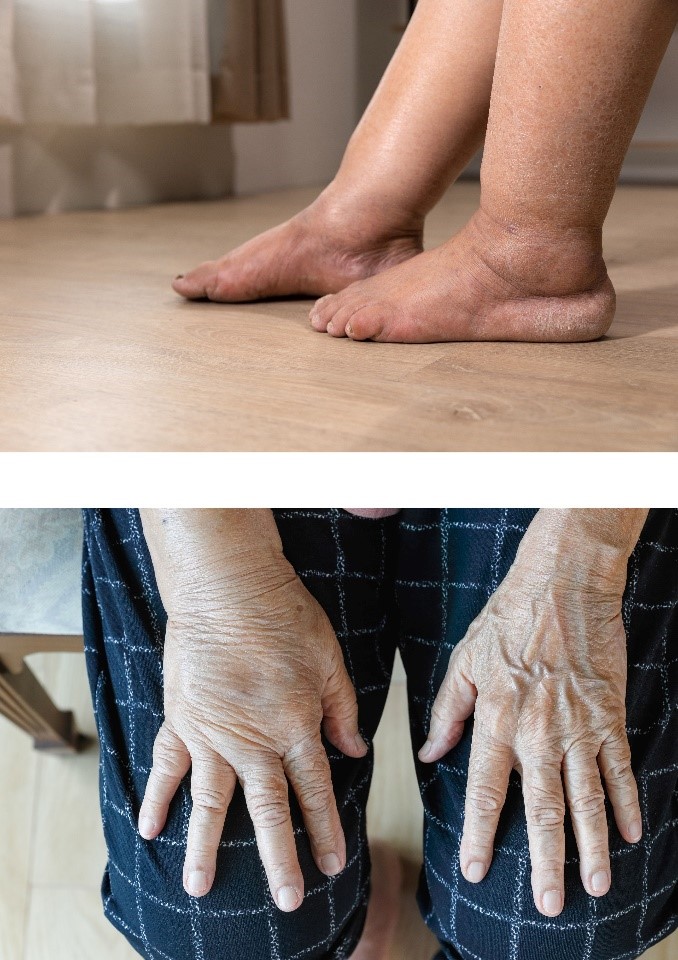
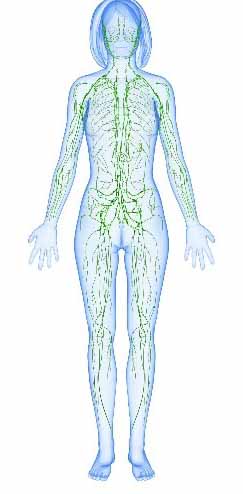
Lymphatic system
II. Risk factors
There are 2 types of lymphedema: Primary and Secondary Lymphedema.
Primary Lymphedema: also called hereditary lymphedema because the damage to the lymphatic system is observed at birth.
Secondary Lymphedema: the most common type of lymphedema (in developed countries). Any surgery or cancer treatment that can damage the lymph system will put you at risk for developing secondary lymphedema, like surgery that involves lymph nodes removal or damage and radiation therapy.
III. Signs and symptoms
If you have any of the following signs or symptoms near the area affected by surgery or cancer treatment, it is recommended to seek further medical attention for further assessment:
-Feeling heavy in the affected limb
-Skin in the affected area feels tight
-Hand, foot or ankle in the affected limb is less flexible
-Your clothes or jewelry feel tight in one specific area in the affected limb
IV. Stages
Onset date is hard to predict because not everyone will develop lymphedema after surgery or cancer treatment, and someone may develop immediately afterward or decades later. Lymphedema is graded using the following scale:
Stage 0: No swelling is observed, but the affected limb feels heavy and/ or tight
Stage I: Swelling can be observed. It usually gets worse at the end of the day, but then goes away after elevation or in the morning after sleep. When you press your finger on the swollen area, you usually leave a dent for a few seconds (pitting edema).
Stage II: Swelling continues to present even after elevation, and the tissue may get harder and thicker (fibrosis). At this stage the risk of getting skin problems like infection gets higher.
Stage III: Swelling in the affected limb continues to increase and starts to affect movement; the skin texture may change to very hard or scaly. In some cases, the lymph fluid may leak from the skin.
V. Treatment
The extent of treatment for lymphedema varies depending on the stages. For stage 0 and I, elevation, compression garments and exercise are usually used to help control the swelling. However, if the swelling gets worse (i.e. stage II & III), Complete Decongestive Therapy (CDT) is used, usually performed by a certified lymphedema therapist (CLT). CDT includes:
1. Skin and nail care
2. Manual lymph drainage (MLD)
3. Compression therapy
4. Exercise
5. Self-maintenance
Another treatment option is pneumatic compression pump therapy, but it alone does not replace the whole CDT process.
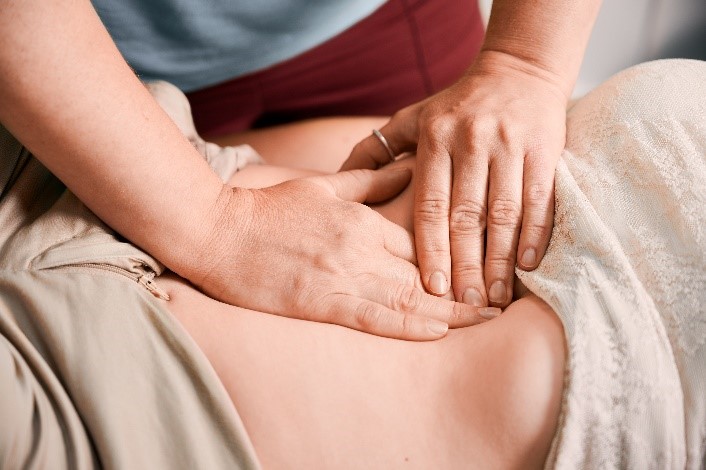
Manual lymph drainage (MLD)
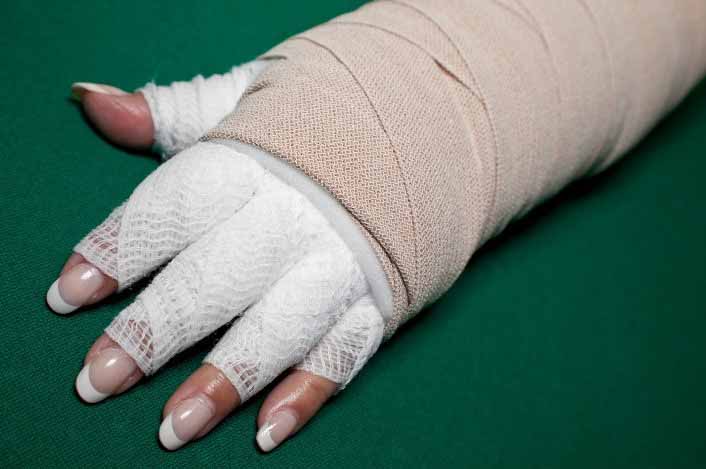
Compression therapy
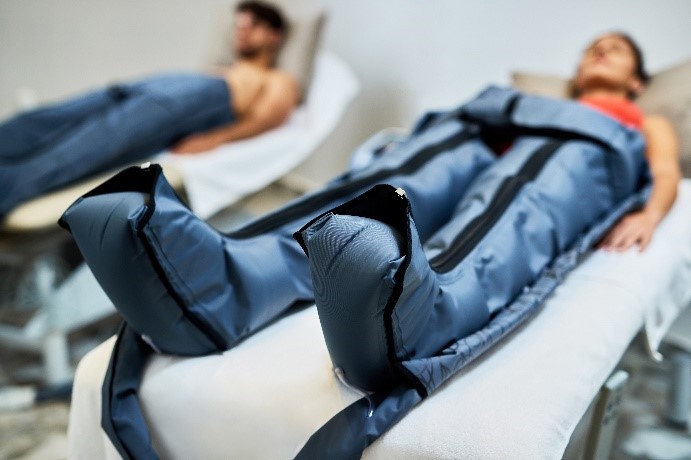
Pneumatic compression pump
VI. Living with lymphedema
Lymphedema is a disorder that lasts for a life time; unfortunately there is no complete cure yet, so proper maintenance is the key to minimize the impact of lymphedema to your daily life. There are a few key things to keep in mind:
1. Avoid having blood pressure or blood drawn on the affected limb
2. Avoid extreme heat, like hot shower or exposed under the sun for prolonged period of time
3. Avoid heavy lifting if possible
4. Protect your skin from any injury like cuts or scratches, sunburns, and insect bites
5. Consult a lymphedema specialist before any air travel and make sure compression garment is worn
6. Stay faithful to the self-maintenance techniques to keep the swelling down
7. Keep a regular exercise routine to maintain the lymph flow
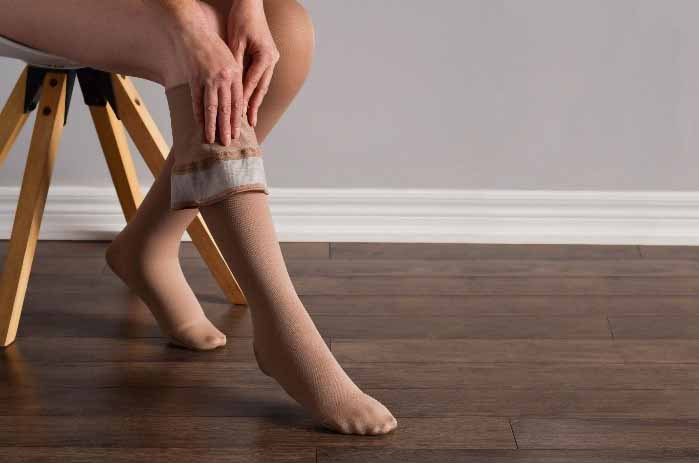
Compression stocking
If you have any enquiries, please contact us 2364 2345.
You may also click here for more information: Service hours and Charges





_content.jpg)


_content.jpg)










